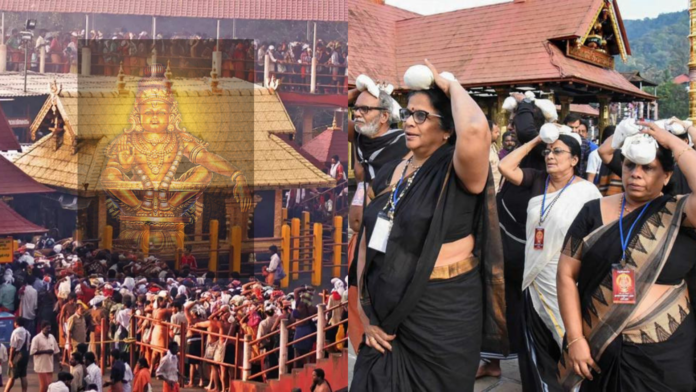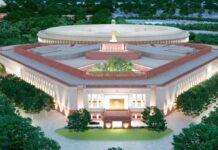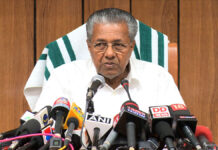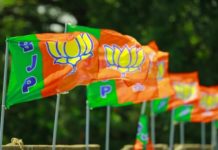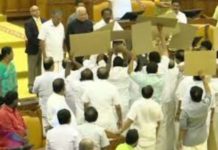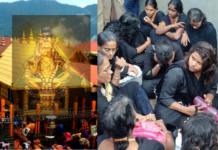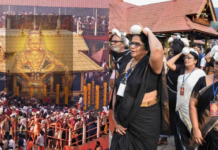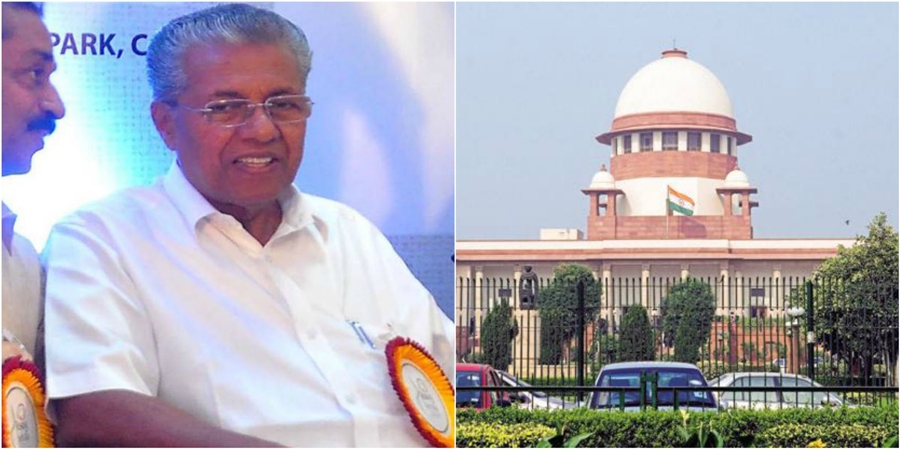Thiruvananthapuram/New Delhi: Having burnt its fingers last year, the CPM led Pinarayi Vijayan government in Kerala has indicated that it will not side with any woman trying to go the shrine during the current pilgrim season starting November 16.
Though Chief Minister Vijayan parried questions on women entry, his law minister AK Balan was categoric in saying that women who want to go to the shrine will not get police protection.
Reacting to the 3:2 majority judgment that has referred the review petitions to a 7-judge bench, Vijayan said, “There needs to be more clarity on this judgment.” On women entry, he said “there is still time.”
The reactions come in the wake of the Supreme Court on Thursday referring to a seven-member Constitution bench a clutch of review petitions of its majority decision last year that girls and women between 10 and 50 be allowed to enter the Sabarimala temple in Kerala.
In what is seen as things to come, the Supreme Court also clubbed the issue of women entry into mosques and the said the practice of female genital mutilation in the Dawoodi Bohra community along with the Sabarimala case.
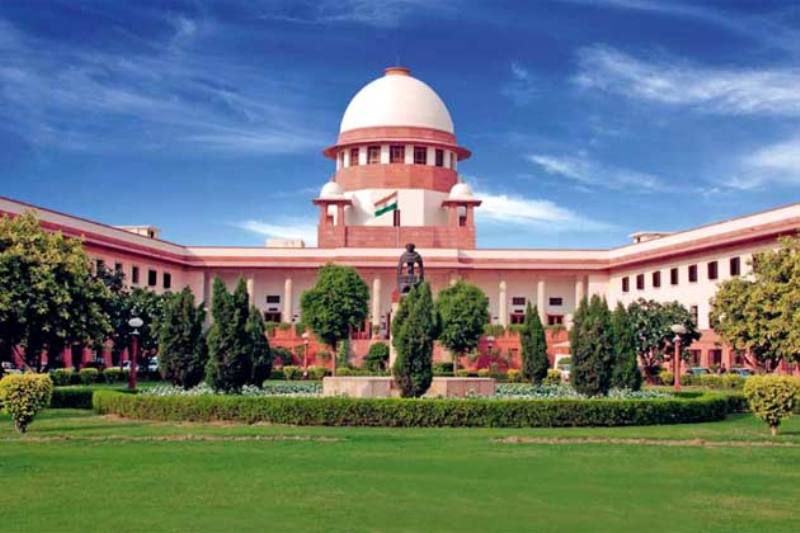
Queering the pitch of the larger bench, the current ruling has, in other words, subtly indicated that if women are allowed to enter Sabarimala, they should also be allowed to enter mosques.
The majority decision — by Chief Justice Ranjan Gogoi, Justices A M Khanwilkar and Indu Malhotra — decided to keep pending the pleas seeking a review of its decision regarding the entry of women into the shrine. It read: “Restriction on women in religious places is not restricted to Sabarimala alone, it is prevalent in other religions also.”
The top court should evolve a common policy on religious places like Sabarimala, the CJI said, while referring to restrictions on entry of women to mosques.
Stating that the endeavour of review petitioners was to “revive a debate on religion and faith”, Justice Gogoi said, “A larger bench will decide religious issues relating to Sabarimala, the entry of women into mosques and the practice of female genital mutilation.”
However, the majority 3:2 verdict did not stay the apex court’s September 28, 2018 decision allowing women to enter the shrine nor did it stay the earlier judgement.
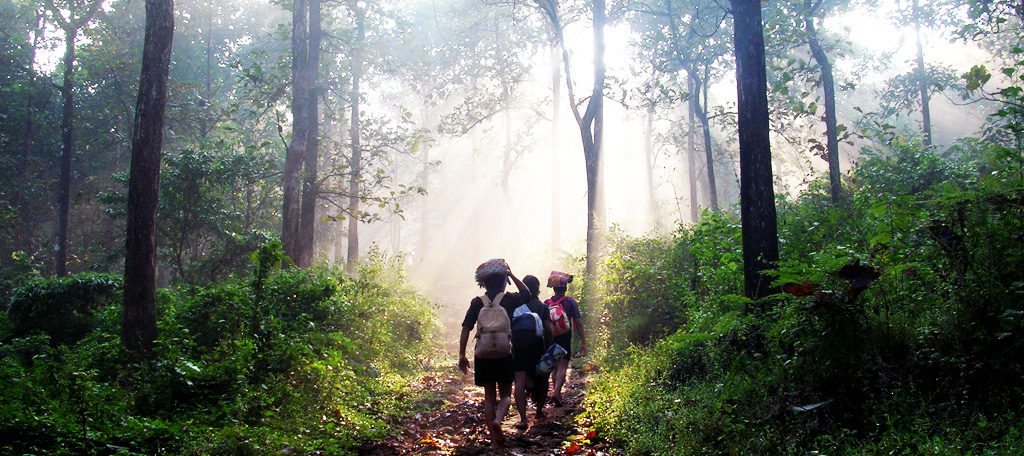
This is being interpreted in two ways: that the entry of women of all ages into the Sabarimala temple will continue while a larger bench hears objections to this decision; the devotees say that since the apex court has found flaws in the 2108 verdict, a flawed verdict cannot be implemented and women should not be allowed to enter the Sabarimala shrine.
Justices R F Nariman and D Y Chandrachud gave a dissenting verdict in the case. The minority verdict dismissed all review pleas and directed compliance of its September 28 decision.
The split decision came on 65 petitions — 56 review petitions, four fresh writ petitions and five transfer pleas — which were filed after the apex court verdict of September 28, 2018 sparked violent protests in Kerala.
On September 28, 2018, the Supreme Court, by a majority verdict of 4:1, had lifted the ban that prevented women and girls between the age of 10 and 50 from entering the famous Ayyappa shrine in Kerala and had held that this centuries-old Hindu religious practice was illegal and unconstitutional.
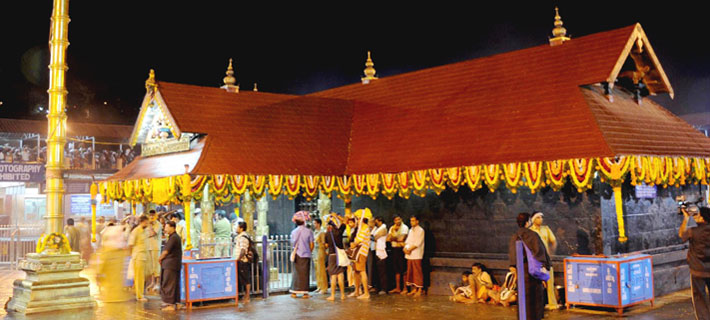
Sabarimala had become a major political issue last year and Kerala had witnessed a sharp polarization in the past one year over the issue of entry of women of all age groups into the Lord Ayyappa temple of Sabarimala.
While the Left Democratic Front supported women and even managed to sneak in two women into the temple last year, the Congress-led UDF, the principal Opposition party in Kerala, and the BJP threw their weight behind the devotees of Lord Ayyappa who had hit the streets in protests that had turned violent at many places.
Later, facing flak, the LDF government developed cold feet. But by then it was too late. When the Lok Sabha elections were held, the CPI(M)-led LDF had to face the wrath of voters.
The UDF won 19 seats with the Congress winning 16 of them. The LDF won just one seat. The contrast appears more pronounced when the election result is compared with the voting pattern in Kerala assembly election of 2016, when the LDF government was voted to power.






























